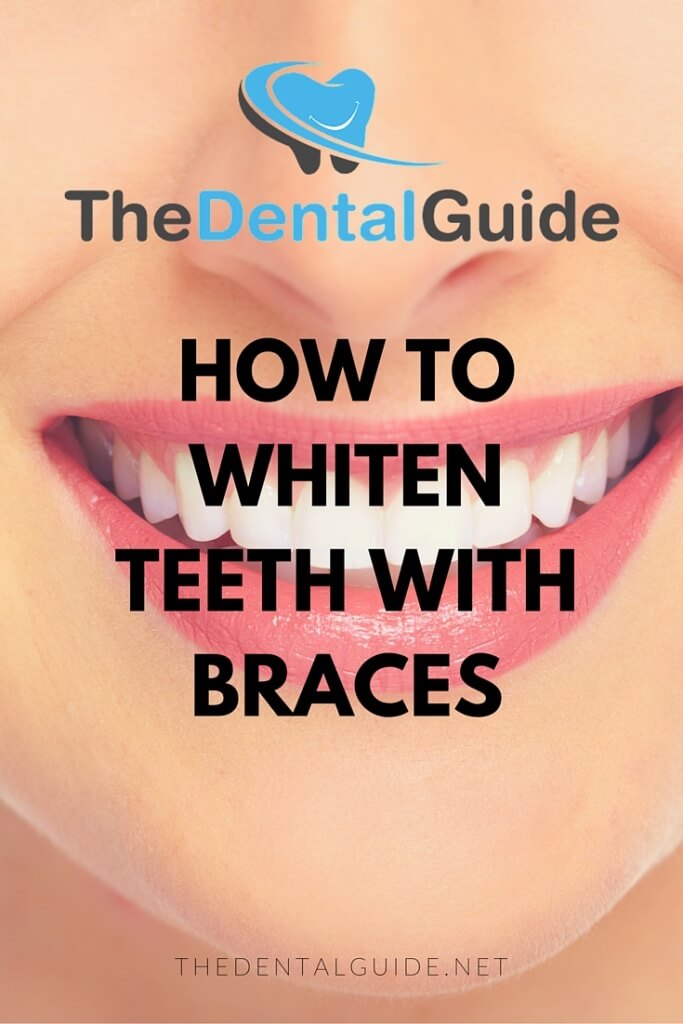Braces are some of the most common orthodontic treatments currently available. Whether referring to those placed on the front of the teeth or braces attached to the rear, cleaning can be a bit of a challenge. This is even more relevant in terms of keeping the teeth white. Brushing alone may simply not be enough. What are some effective ways to maintain the allure of your teeth while the braces are still attached? Let’s take a more in-depth look.
In-Office Whitening Treatments
The benefit of this procedure is that only one or two visits to the office will be able to produce long-lasting results. In most cases, a gel is applied to the surface of the exposed teeth around the braces.
This gel is then activated by a special light. In turn, the bleaching process begins. This is a completely non-invasive technique and normally takes less than an hour to complete. The only drawback may be that “shadows” are seen around where the braces once were when they are finally removed.
At-Home Options
Another alternative is to use a gel that can be applied from the comfort of one’s home. Specially moulded trays are first formed around the teeth. A liquid is then placed within these trays. These units can actually be worn much like a common athletic mouthpiece. They will remain inside of the mouth for a specific period of time before being removed. The teeth will then be brushed as they normally would.
Keep in mind that the presence of braces will likely require that a custom design is necessary as opposed to purchasing an over-the-counter product. As opposed to being activated by light, the main ingredient within the gel is hydrogen peroxide.
It is recommended to only leave the mould in place for the recommended amount of time. In some cases, there can be slight irritation to the gums. Following up with a brand-name mouthwash is an excellent way to remove any of the gel that could possibly be left behind.
Specific Toothpastes
Whitening toothpaste is a great idea for those who may be sensitive to chemical compounds such as gels. Like all toothpastes, the main cleansing technique is through the use of mild abrasives. However, those which are specifically designed for whitening teeth posses another polishing agent.
The main difference between a toothpaste and other chemical techniques is that (normally) there are no bleaching agents. The abrasive action simply seeks to remove surface stains through scrubbing. This can be an effective treatment option although those who have deeper stains (such as from years of smoking or drinking coffee) could benefit from the previously mentioned options.
Knowing how to whiten teeth with braces can be a bit confusing and what may work wonders for one individual could have little effect on another. So, experimenting with each option is a good idea. We should finally mention that the most effective whitening techniques tend to be those which are carried out by a trained professional.
